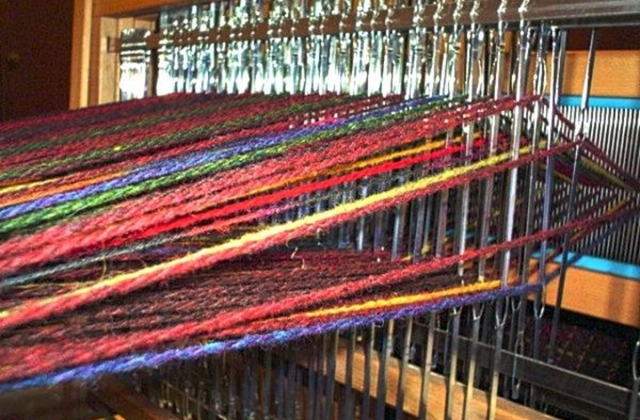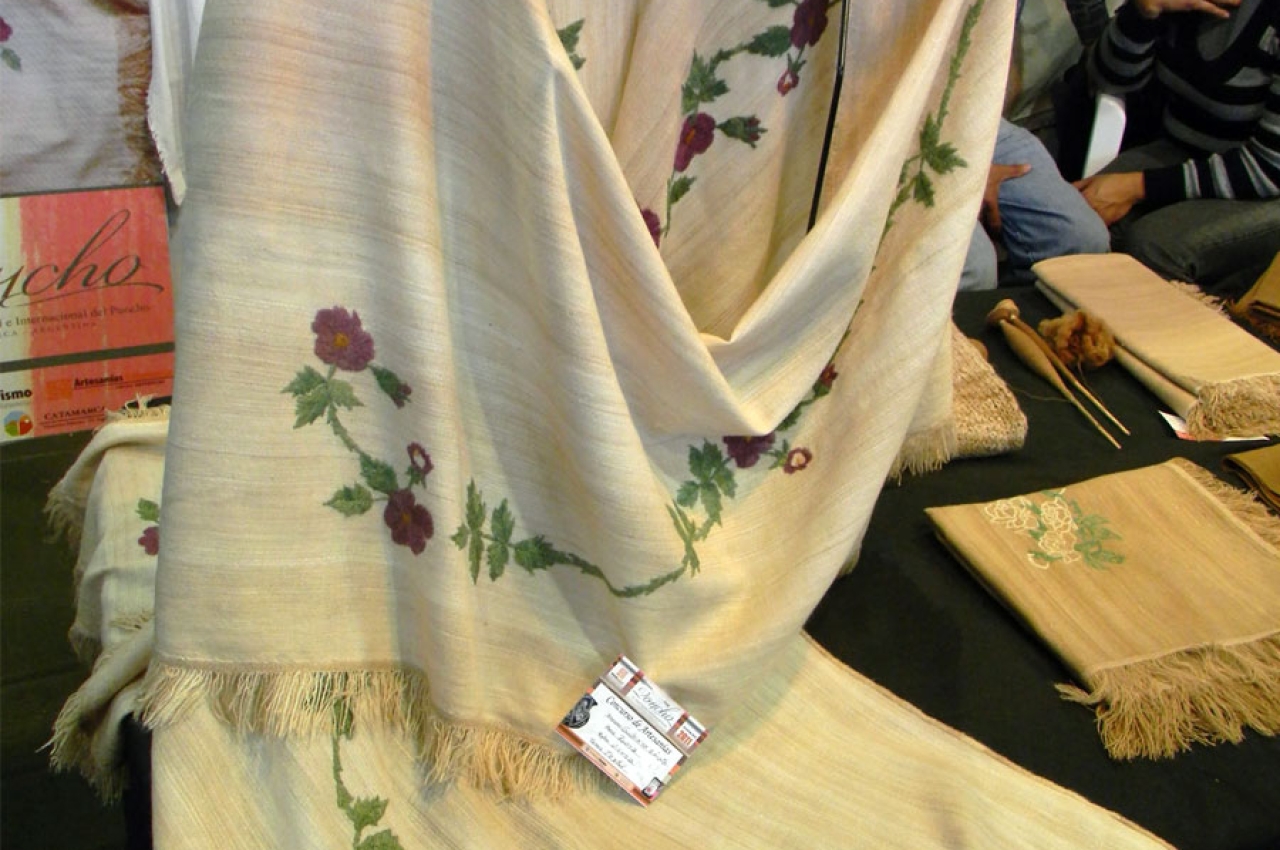Ponchos have waxed and waned in popularity over the years in mainstream fashion but one place where it’s always chic to have your signature wrap is in Colombia. The Colombian ruana poncho has a colorful history from riches to rags to riches again and now it's one of the country's staple garments and a take-home must for anyone touring Colombia.
Not to be confused with the mainstream manufactured poncho from catalogues or those from Western films, the Ruana has various uses, a unique design and very specific textile requirements. Take a look below to learn more about this national fashion treasure.
 photo by Sampayu (via Creative Commons)
photo by Sampayu (via Creative Commons)
Ruana poncho: An Introduction
The ruana is for use in cold climates as it's a thick 100% virgin wool garment. Loomed into a huge square leaving a slit down the middle, the poncho rests on the wearer's shoulders and keeps him or her warm from the cold elements. If needed, these ruanas are also used as blankets, pillows and cushions; unlike the ones found in warmer climates including Mexico.
Originally, these garments were made from cotton but when the Spanish arrived, they introduced the local people to wool, gave them sheep and showed them how to use a loom. It was the collaboration from these two different cultures that birthed the ruana that we know today.
In its traditional form, the construction was of heavy cotton and certain colors were reserved for special people in the tribes. For instance, red and white ruanas were only worn by religious figures during special ceremonies and green ones were reserved for only the power players and wealthy tribal members.
Ruanas also divided gender as men wore ruanas that reached the knees and women wore ones that reached their ankles. Weddings were also sealed with the groom giving ruanas to the bride's family members and the dead were buried in their ruanas to keep them from cold in the afterlife.
However, as the Spanish conquered the area, what once started out as a regal clothing item was demoted into a uniform for servants. But don't fret, years later, creoles wore the ruanas with pride and slowly but surely the ruanas started to gain notoriety once again with wealthy and powerful individuals choosing it as a garment of choice.
Nobsa people and modern textiles
To this day the manufacturing of the ruanas is the primary income for the people of Nobsa, the town known for making the best ones. As such, they celebrate yearly during wool festivals that help boost tourism, marketing and awareness.
Each original ruana that comes from Nobsa is unique and tells a story of the weaver through the various colours and patterns. And many weavers also believe that when they create ruanas, they are writing books about their people.
Today, the ruana shows no signs of slowing down in popularity and when you visit Colombia, snagging one of these beauties is a must. Just make sure to reach out to your Colombian tour guide and he or she will take you to proper vendors that only sell Nobsa ruana originals. A ruana is a great thing to bring on your Colombian adventure tour!

 photo by GtPLzcat89 (via Creative Commons)
photo by GtPLzcat89 (via Creative Commons)